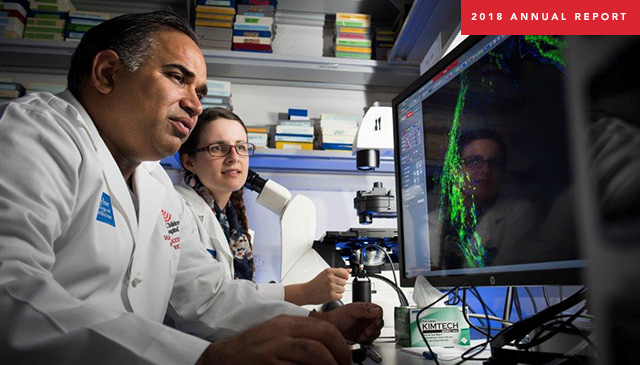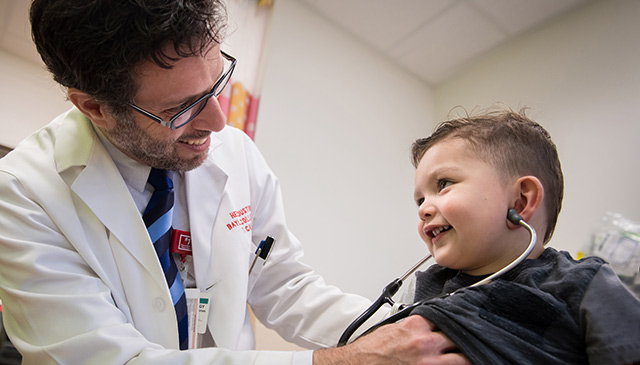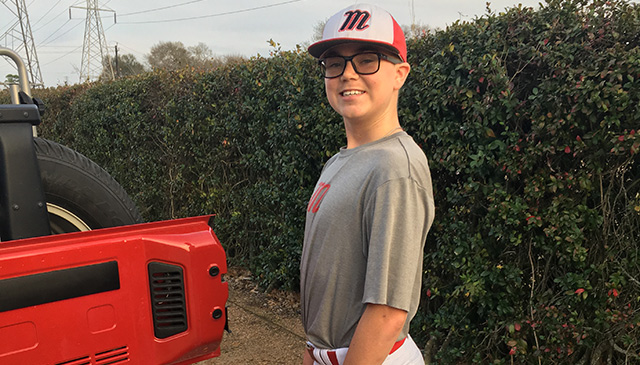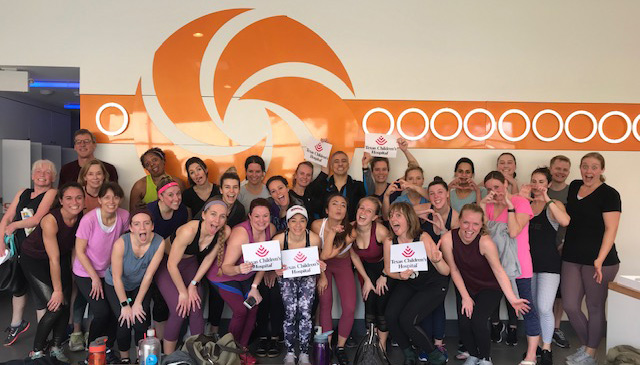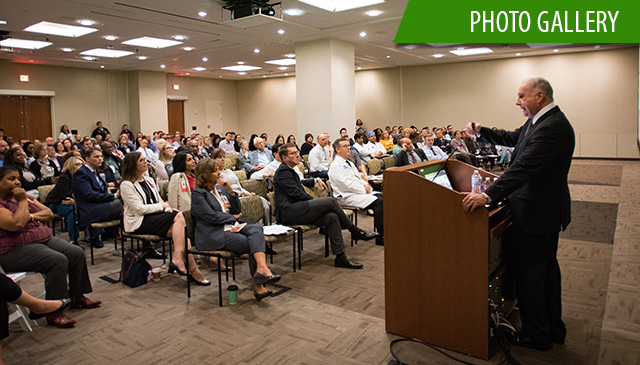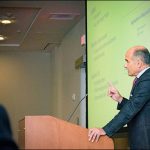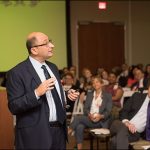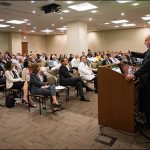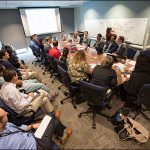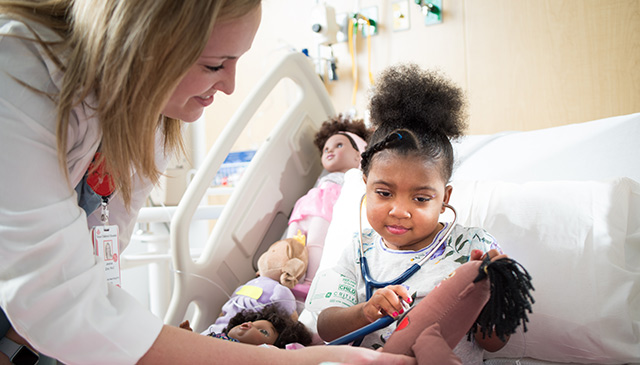
The results of the 2019 U.S. News & World Report survey of Best Children’s Hospitals are in, and Texas Children’s Hospital is again among the best in the nation!
This year, Texas Children’s tied for third place among all children’s hospitals nationally, a ranking no other pediatric hospital in the state has ever achieved.
In addition, for the first time, Texas Children’s is ranked in the top 10 in each of the U.S. News & World Report-recognized pediatric sub-specialties. Six of our sub-specialties were ranked in the top 3 – two are ranked #1, two are ranked #2, and another two are ranked #3.
“We should all be very proud of this remarkable accomplishment,” said Texas Children’s President and CEO Mark Wallace. “It is because of our One Amazing Team and each team member’s steadfast commitment to quality and excellence that we were able to reach this achievement. Thank you for your dedication to Texas Children’s Hospital and to the patients and families we serve.”
Some highlights of the 13th annual Best Children’s Hospitals rankings for Texas Children’s include:
- Cardiology and Congenital Heart Surgery is again ranked #1 in the nation, due in part to our increasing the number of RNs in the PICU with more than two years of experience, and exceeding thresholds in four-year combined risk-adjusted operative mortality.
- Pulmonology, which first debuted in the top spot in the 2016 rankings, is again ranked #1 in the nation. We decreased the percentage of patients readmitted to the hospital to address asthma-related symptoms, and exceeded thresholds in structure metrics, such as mean LOS for asthma patients.
- Nephrology moved up a spot and is now ranked #2 in the nation, with a significant decrease in hemodialysis catheter associated BSI and an improvement in children younger than 5 years of age receiving hemodialysis.
- Gastroenterology & GI surgery rose to #2 in the nation from #4, achieving successful Kasai procedures in biliary atresia patients and improving the percentage of patients experiencing prednisone-free admission.
- Cancer is #3 in the nation, up from #6. We increased the five-year survival of patients with neuroblastoma and increased the percentage of patients who received intravenous treatment antibiotics within an hour of triage.
- Neurology and Neurosurgery remained at #3 in the nation, showing a significant improvement in 30-day unplanned return to the operating room for craniotomy and a decrease in readmission within 30 days of surgery for Chiari decompression patients.
Our entire list of rankings includes:
#1 Cardiology and Congenital Heart Surgery
#1 Pulmonology
#2 Gastroenterology and GI surgery
#2 Nephrology
#3 Neurology and Neurosurgery
#3 Cancer
#6 Urology
#7 (tie) Neonatology
#8 Diabetes and Endocrinology
#10 Orthopedics
Overall, Texas Children’s exceeded nursing intensity thresholds, made significant improvement in ICU CLABSI rates and exceeded thresholds for hospital acquired pressure injuries.
U.S. News & World Report introduced the Best Children’s Hospitals rankings in 2007 to help families of children with rare or life-threatening illnesses find the best medical care available. The rankings are the most comprehensive source of quality-related information on U.S. pediatric hospitals.
The U.S. News Best Children’s Hospitals rankings rely on clinical data and on an annual survey of pediatric specialists. The rankings methodology factors in patient outcomes, such as mortality and infection rates, as well as available clinical resources and compliance with best practices.
“The results also reflect the efforts of our team and their unwavering focus on the U.S. News survey,” Wallace said. “Compiling and refining our data is a continuous process and, with the support of our medical staff, in-chiefs, service chiefs, as well as Mark Mullarkey, Trudy Leidich, Elizabeth Pham and the entire Quality team, we have made significant strides this past year.”
This year’s rankings will be published in U.S. News & World Report’s “Best Hospitals 2020” guidebook, available in stores mid-September or online at usnews.com/childrenshospitals. You can learn more about Texas Children’s rankings here.


